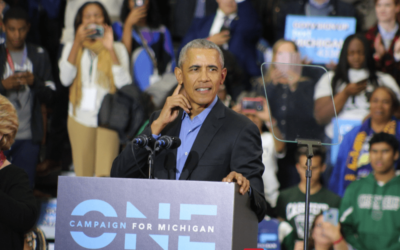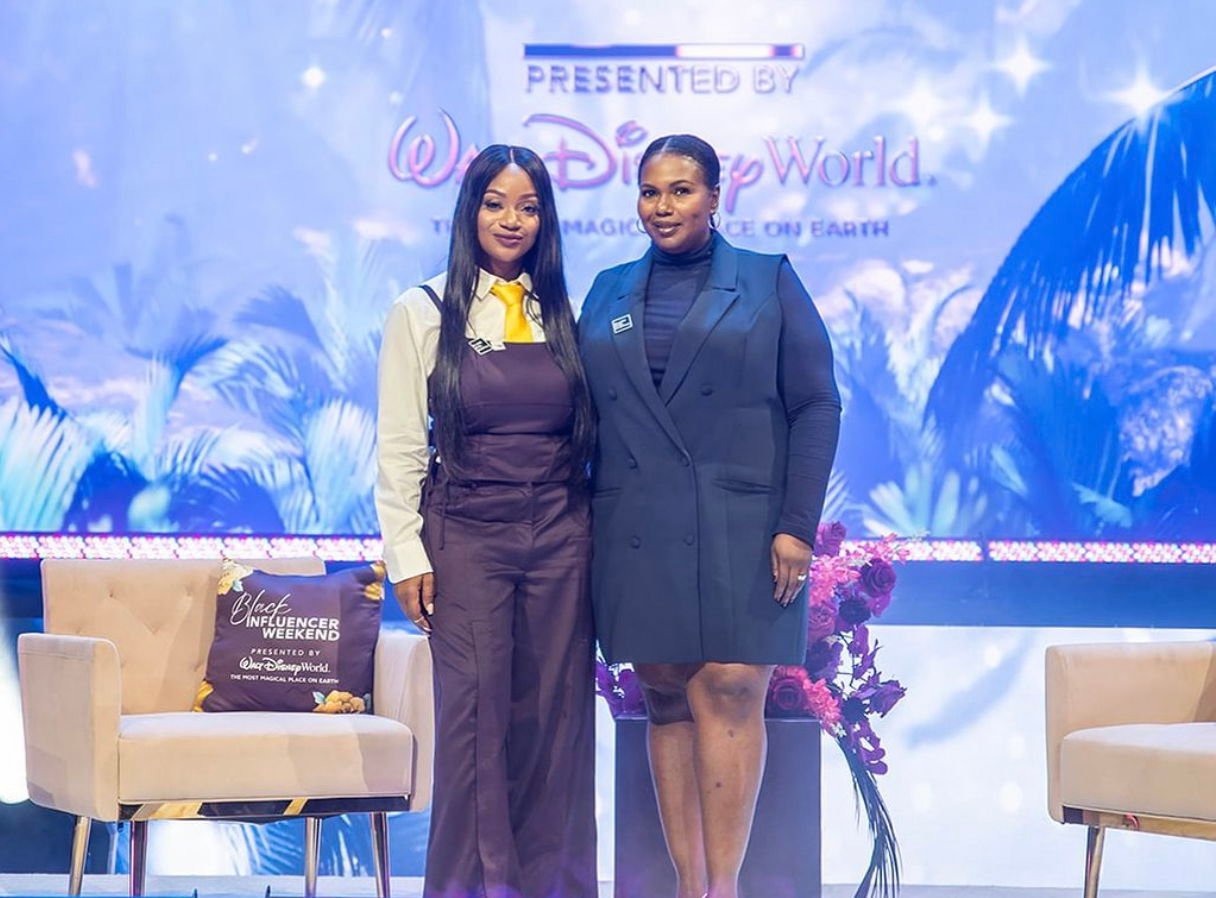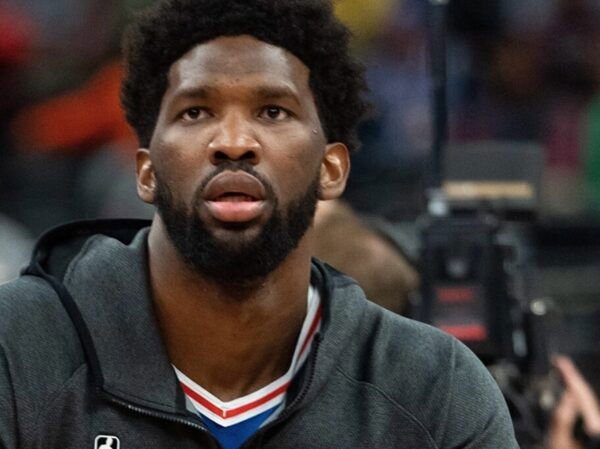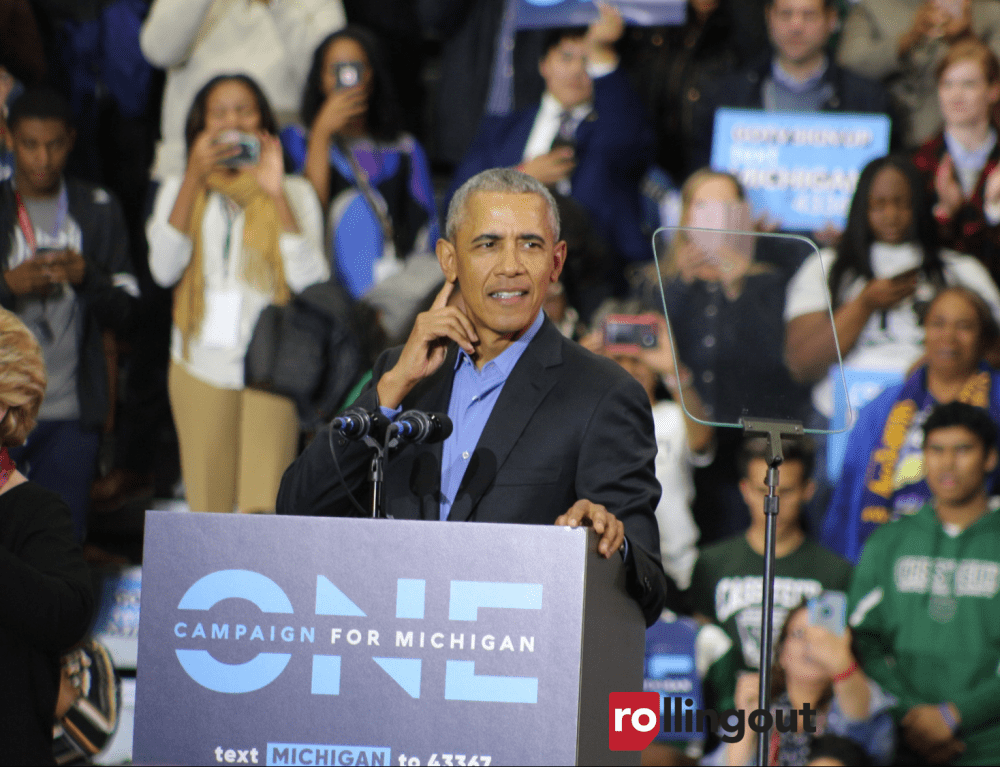Why ‘I am bringing a bottle of wine over’ could end up in romance
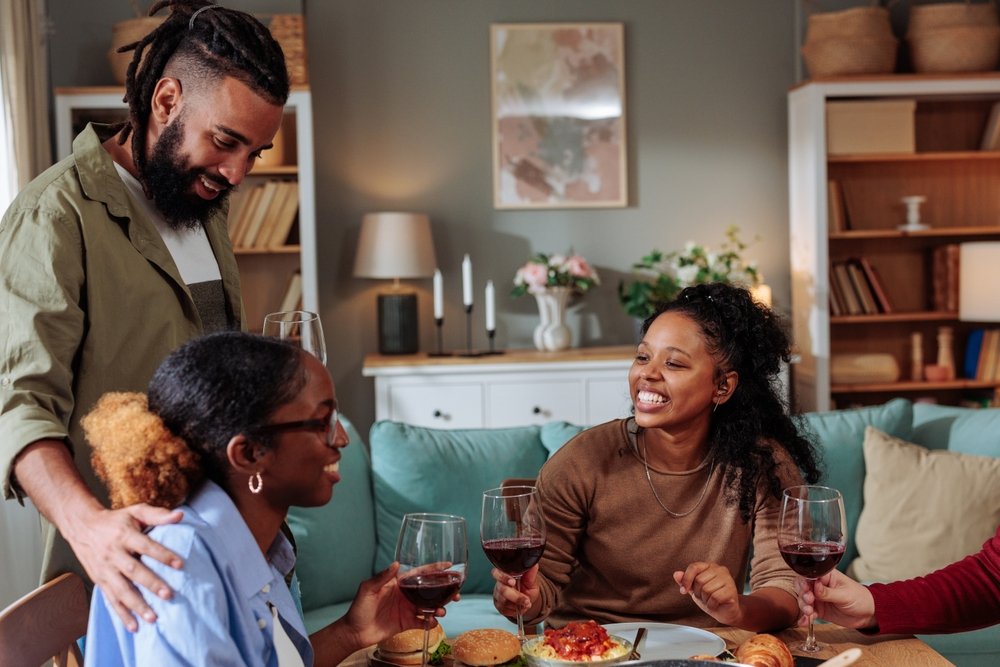
The understated invitation to share a bottle of wine often carries deeper implications than just casual drinks. This seemingly simple gesture sets the stage for intimacy, conversation, and potential romance in ways that other social invitations rarely match. The promise of shared wine creates an immediate shift in atmosphere, transforming an ordinary evening into something potentially extraordinary.
The psychology of wine sharing
Unlike offering to bring snacks or suggesting a coffee meet-up, bringing wine implies dedicated time together. The gesture signals intention and thoughtfulness, suggesting a desire for meaningful connection rather than just passing time. This deliberate choice often indicates a willingness to be vulnerable and present with another person.
Wine requires presence – it asks people to sit, sip, and share moments together. This inherent slowness creates natural pauses for conversation and allows comfort to build organically between two people. The ritual of opening the bottle, pouring, and sharing creates multiple moments for connection and subtle flirtation.
Creating intimate atmospheres
The act of sharing wine naturally lowers social barriers. Away from noisy bars or restaurants, a home setting with wine encourages genuine conversation and vulnerability. This environment often leads to deeper discussions than might occur in more public spaces.
Wine’s cultural association with romance also plays a role. Years of social conditioning through media and shared experiences have linked wine sharing with intimate moments, making the gesture feel naturally romantic even before the first pour. The simple act of choosing to bring wine can signal romantic interest without overtly stating it.
The element of choice
Selecting a bottle shows consideration for another person’s tastes and preferences. Whether choosing a favorite varietal or exploring something new together, the selection process itself becomes part of the romantic narrative. The choice reveals thoughtfulness and attention to detail that can make a strong impression.
This thoughtfulness extends beyond the wine itself. The person bringing the bottle often considers factors like food pairings or the recipient’s preferences, demonstrating attention to detail that can spark romantic interest. Such consideration often indicates a deeper level of interest than casual friendship.
Unscripted possibilities
Wine creates flexibility in an evening’s timeline. Unlike structured dates with clear endpoints, sharing a bottle allows the night to unfold naturally. This openness to possibility often leads to extended conversations and spontaneous moments of connection that might not occur in more structured settings.
The absence of rigid plans allows both people to focus on their developing chemistry rather than external schedules or expectations. Such unstructured time together often reveals compatibility more naturally than formal dates. The relaxed pace of wine sharing enables genuine personalities to emerge.
Building anticipation
The message “I’m bringing wine over” creates immediate anticipation. Questions arise: Which wine will they choose? How will the evening unfold? This anticipation adds an element of excitement before the evening begins, setting the stage for romance before any actual interaction occurs.
This pre-meeting excitement often carries through the entire encounter, as both people look forward to discovering not just the wine, but more about each other through unhurried conversation. The build-up of anticipation can create a charged atmosphere ripe for romantic connection.
Shared experiences
Wine tasting becomes a shared activity, giving both people something to discuss and experience together. Whether critiquing flavors or simply enjoying the moment, this common focus helps ease social tension and creates natural conversation topics.
The act of sharing a bottle also creates natural progression in the evening. As the wine slowly disappears, conversation often deepens, creating organic opportunities for increased emotional intimacy. This gradual progression allows romance to develop at a comfortable pace.
The comfort factor
Home settings where wine is typically shared provide comfort and safety. This environment allows both people to relax and show more authentic versions of themselves, rather than maintaining more formal public personas. The intimate setting encourages genuine connection.
The familiar ritual of pouring and sharing wine helps ease social awkwardness, providing natural moments for eye contact, passing glasses, and other small interactions that build chemistry. These subtle moments of physical proximity and shared experience often kindle romantic feelings.
Creating lasting impressions
When an evening of shared wine goes well, it often leads to anticipation of future encounters. The memory of comfortable conversation and connection creates a foundation for developing romance. The simplicity of the gesture makes it easy to repeat, allowing relationships to develop naturally through similar casual yet intimate evenings.
The combination of wine’s relaxing properties, the intimate setting, and unstructured time creates perfect conditions for romantic feelings to emerge. Even if romance doesn’t immediately blossom, these shared moments often plant seeds that can grow into deeper connections over time.
Looking forward
The beauty of bringing wine lies in its perfect balance of casualness and intention. It’s significant enough to signal interest but relaxed enough to avoid pressure. This balance often creates the ideal conditions for romance to develop organically, allowing both people to explore their connection without forced expectations.
As the evening concludes, the shared experience of wine and conversation often leaves both parties eager for the next encounter. This anticipation of future meetings keeps the romantic potential alive, building momentum for a deeper connection to develop naturally over time.
This story was created using AI technology.





